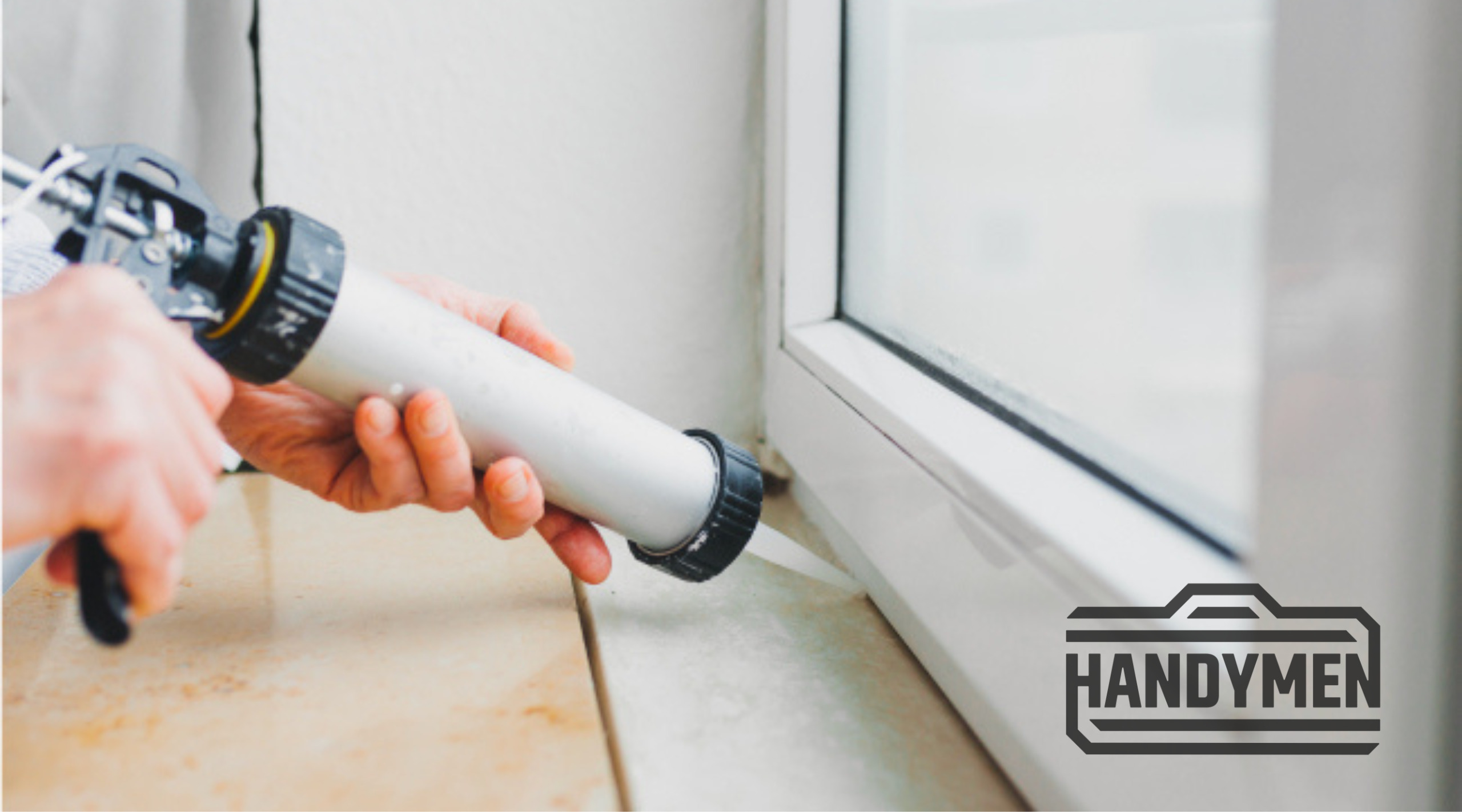Sealing gaps and caulking cracks might seem like a simple task, but it plays a crucial role in maintaining a well-insulated home. Proper sealing not only enhances energy efficiency but also helps prevent water damage and ensures your living spaces remain comfortable. In this guide, we’ll delve into the art of sealing and caulking, sharing expert tips from the pros at Handymen. Valuable pointers to make your caulking projects even more effective and hassle-free:
- Choose the Right Caulk:
Selecting the appropriate caulking material for each area is key to achieving long-lasting results. Different types of caulk are designed for specific surfaces and conditions, such as silicone for wet areas and acrylic latex for interior gaps. Investing in high-quality caulking products will yield superior performance and durability.
- Prepare the Surface:
Before applying caulk, ensure the surface is clean, dry, and free of debris. Use a scraper or putty knife to remove old caulk or paint remnants. For optimal adhesion, clean the area with a mild detergent and allow it to dry completely.
- Invest in a Quality Caulking Gun:
As the saying goes, “you get what you pay for.” Opting for a high-quality caulking gun will make the job much smoother. A reliable caulking gun provides better control, consistent pressure, and prevents drips, resulting in neater and more precise caulking lines.
- Master the Art of Caulking:
When applying caulk, hold the caulking gun at a 45-degree angle and apply steady pressure to ensure a consistent bead. To create seamless lines, keep your finger slightly wet with water before running it along the fresh caulk. This technique helps in achieving a smooth finish without the caulk sticking to your finger.
- Control Lines with Blue Tape:
For straight and precise caulking lines, use blue painter’s tape as a guide. Apply the tape along both sides of the gap or seam, leaving a small gap where you’ll apply the caulk. Once the caulk is in place, remove the tape immediately for clean edges.
- Pay Attention to Weather Conditions:
Caulking is most effective when done during moderate weather conditions. Avoid applying caulk on extremely hot or cold days, as it can affect the caulk’s adhesion and drying time. Aim for temperatures between 40°F to 80°F (4°C to 27°C) for optimal results.
Mastering the art of sealing and caulking is essential for homeowners looking to improve energy efficiency and prevent potential water damage. With the expert tips from Handymen and your additional knowledge, you can confidently tackle caulking projects throughout your home. Remember, while some tasks can be accomplished through DIY efforts, more complex or extensive projects may require the expertise of a professional handyman. By sealing and caulking effectively, you’ll not only save on energy costs but also ensure a well-insulated and comfortable home for years to come.

